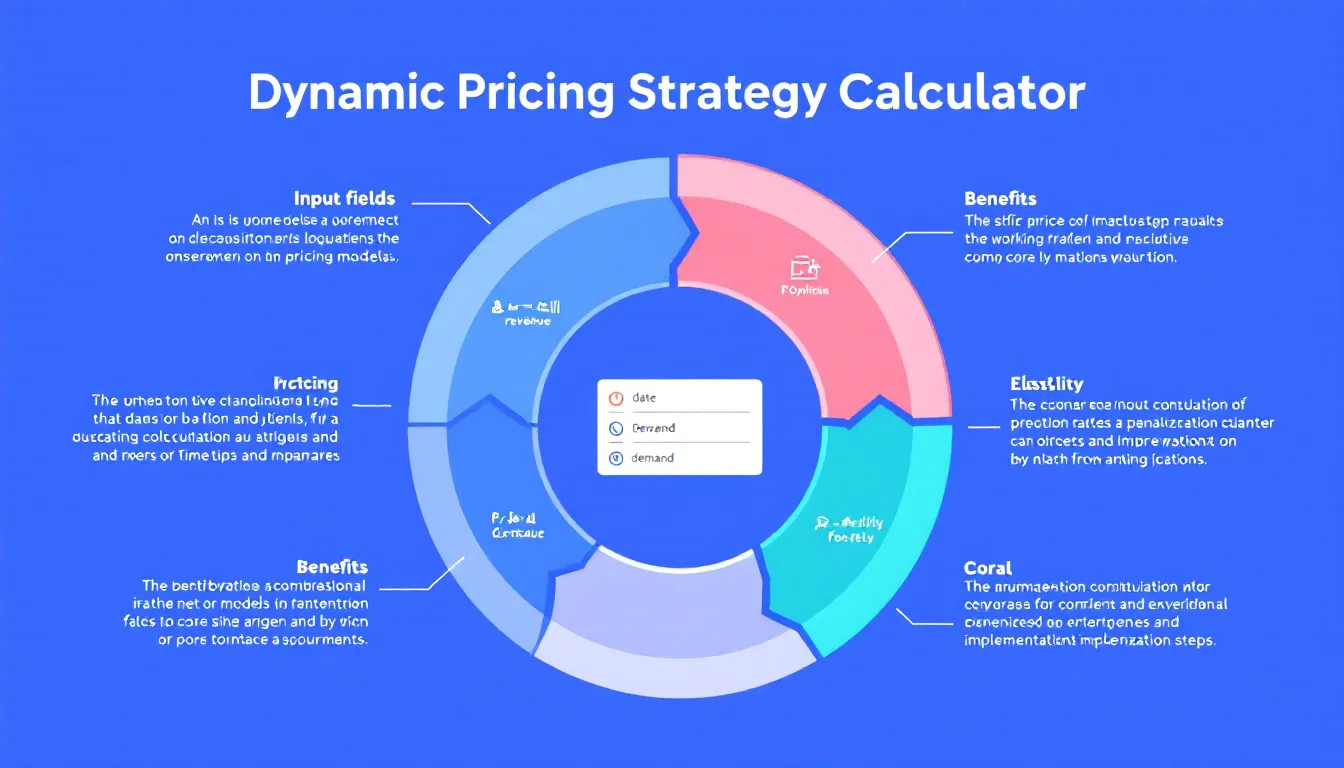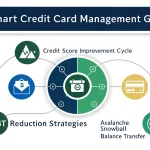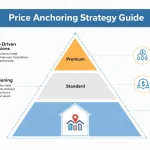Is this tool helpful?
How to Use the Dynamic Pricing Strategy Calculator Effectively
This pricing tool helps you create smart, adaptive pricing strategies by analyzing your product details and market environment. Here’s how to use each input field for best results:
1. Product or Service Type
Enter a clear description of your product or service to tailor pricing recommendations accurately.
- Example 1: “Eco-friendly household cleaning products with steady year-round demand”
- Example 2: “Annual premium membership for a specialized professional network”
2. Current Price Range
Provide the minimum and maximum prices you currently charge or intend to charge. This sets the boundaries for price optimization.
3. Market Factors
Describe essential market influences that affect your pricing. Include competitor activity, demand trends, customer preferences, or seasonality.
- Example 1: “High competition with several discount-focused brands, peak sales during summer months”
- Example 2: “Low price sensitivity, slow market growth, niche targeted audience”
4. Optimization Goal
Choose your main pricing objective from options like maximizing revenue, increasing profit, expanding market share, or enhancing customer loyalty.
Introduction to the Dynamic Pricing Strategy Calculator
The Dynamic Pricing Strategy Calculator generates data-driven pricing recommendations by analyzing your product details, competitive environment, and market behavior. You’ll receive tailored strategies that adjust prices automatically to fit changing demand, competition, and season trends.
- Optimize revenue: Identify price points that maximize sales income.
- Adapt to market shifts: Quickly adjust pricing based on competitor moves and demand changes.
- Stay competitive: Use data-backed strategies to outperform rivals.
- Manage demand: Balance inventory and sales with dynamic price settings.
- Make informed decisions: Understand how market factors impact your optimal pricing.
How the Pricing Calculations Work
The calculator applies a mathematical model that adjusts your base price by factoring in demand, competition, and seasonality influences. The core formula is:
$$ P_{optimal} = P_{base} * (1 + \alpha D + \beta C + \gamma S) $$where:
- (P_{base}): Base price of your product or service
- (alpha): Demand sensitivity coefficient
- (D): Demand factor based on market trends
- (beta): Competition sensitivity coefficient
- (C): Competition factor representing competitor pricing pressure
- (gamma): Seasonality coefficient
- (S): Seasonal demand factor reflecting peak or off-peak periods
Example Calculation
Consider a subscription box service with these variables:
- Base price: $40
- Demand increase during holiday season: +25% ((alpha D = 0.25))
- Competition pressure lowering price by 10% ((beta C = -0.10))
- Seasonal factor adding 5% ((gamma S = 0.05))
The optimal price calculation is:
$$ P_{optimal} = 40 * (1 + 0.25 – 0.10 + 0.05) = 40 * 1.20 = 48 $$You’d set the price at $48 to maximize revenue during this period.
Practical Applications of the Dynamic Pricing Calculator
E-commerce Example
An online retailer selling organic skincare products used the tool to adjust pricing dynamically:
- Base price: $30
- Seasonal demand surge in summer: +18%
- Competitor discounting: -7%
- Demand growth in new markets: +12%
The calculator’s recommendation helped increase revenue by setting prices near optimal demand levels throughout the year.
Subscription Service Example
A digital magazine subscription adapted prices based on market fluctuations:
- Base monthly price: $15
- Rising interest during special events: +20%
- Competitive pricing pressure: -5%
- Seasonal promotional periods: -10%
Dynamic pricing allowed this company to maximize both customer retention and profits efficiently.
Frequently Asked Questions About Dynamic Pricing Optimization
How often should I update my pricing strategy?
Update your strategy monthly or whenever you notice significant market shifts to keep pricing competitive and aligned with your goals.
Which market factors affect pricing the most?
Demand fluctuations, competitor price changes, and seasonal trends usually have the greatest impact on your optimal pricing.
Can I optimize pricing for multiple products?
Yes. You can input each product or service separately to create targeted pricing strategies for every item.
How does seasonality influence pricing recommendations?
The calculator accounts for seasonal demand patterns to suggest price increases during peak periods and reductions during slower months.
Which types of businesses benefit most from dynamic pricing?
Retail, subscription-based services, travel, hospitality, and entertainment industries gain the most from adaptive pricing strategies.
Does the calculator consider different customer segments?
Yes, the tool factors in varying price sensitivities across customer groups to provide nuanced pricing recommendations.
Advanced Features and Strategic Considerations
Incorporation of Machine Learning Algorithms
The calculator applies machine learning to:
- Forecast future demand shifts
- Analyze diverse customer buying behaviors
- Fine-tune prices across segments for maximum impact
Competitive Market Analysis
It also monitors competitor pricing to help you:
- Track rival price changes in real time
- Understand shifts in market share
- Position your offerings strategically
Best Practices for Implementing Dynamic Pricing
1. Maintain High-Quality Data
- Update your market and sales data regularly
- Monitor competitor pricing systematically
- Ensure accuracy in demand and seasonality inputs
2. Align Pricing Strategies with Business Goals
- Match pricing objectives with your overall business plan
- Consider brand image and customer expectations
- Keep pricing consistent across sales channels
3. Continuously Monitor Performance
- Track revenue and profit impacts regularly
- Observe customer behavior and feedback after price changes
- Assess changes in market share following pricing updates
Important Disclaimer
The calculations, results, and content provided by our tools are not guaranteed to be accurate, complete, or reliable. Users are responsible for verifying and interpreting the results. Our content and tools may contain errors, biases, or inconsistencies. Do not enter personal data, sensitive information, or personally identifiable information in our web forms or tools. Such data entry violates our terms of service and may result in unauthorized disclosure to third parties. We reserve the right to save inputs and outputs from our tools for the purposes of error debugging, bias identification, and performance improvement. External companies providing AI models used in our tools may also save and process data in accordance with their own policies. By using our tools, you consent to this data collection and processing. We reserve the right to limit the usage of our tools based on current usability factors.







